bottlebomber
Well-Known Member
Scarecrows

I read this whole thread and I'm very impressed by the time and labor you've put into this. I thought staring at my primary for a month and not touching it was patience!
Scarecrows
It doesn't look too bad in my opinion.






![Craft A Brew - Safale S-04 Dry Yeast - Fermentis - English Ale Dry Yeast - For English and American Ales and Hard Apple Ciders - Ingredients for Home Brewing - Beer Making Supplies - [1 Pack]](https://m.media-amazon.com/images/I/41fVGNh6JfL._SL500_.jpg)





I don't know if this is realistic for you're situation, but they make these motion sensing spray heads that shoot water around and make a racket if something gets close. They are relatively inexpensive and work really well for deer.
7.5 inch rows
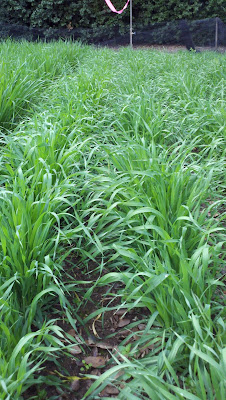
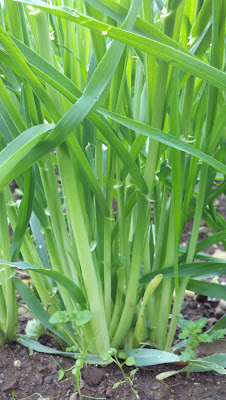
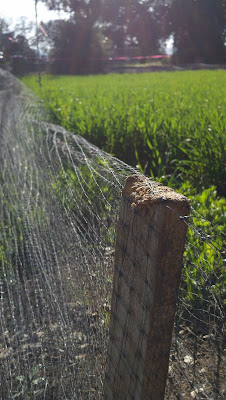
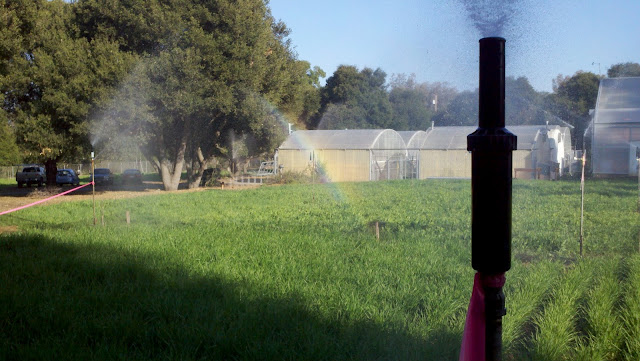
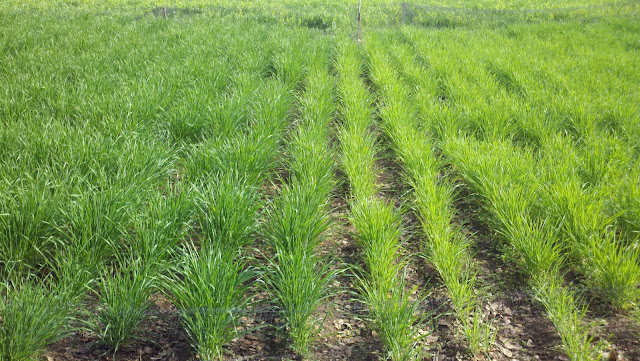
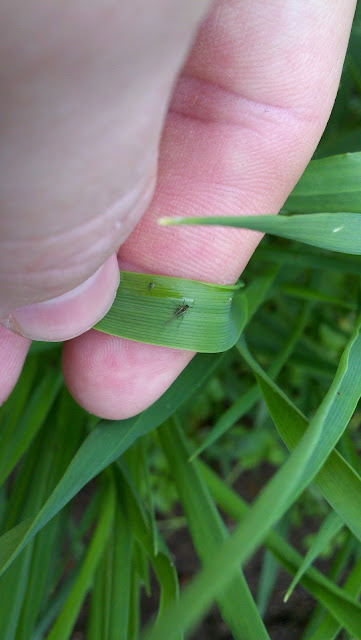
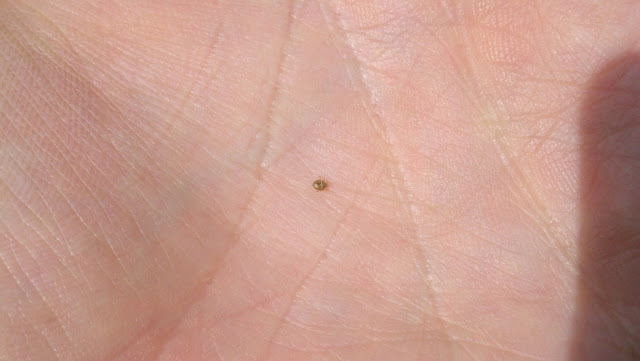

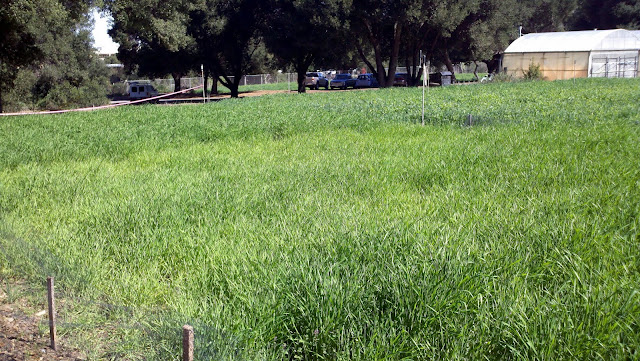
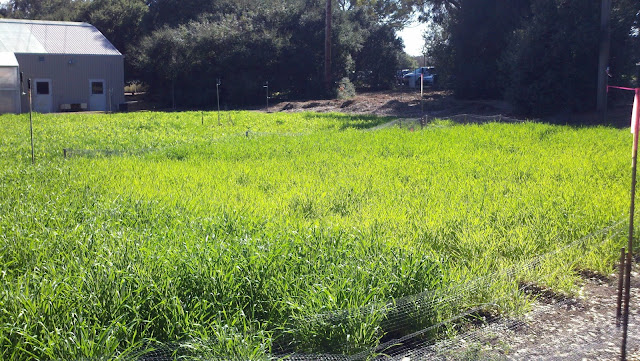

I have a well stocked nursery that supplies ladybugs, praying mantis eggs etc. but I can't imagine in this day and age you couldn't order them. Another option I know of it there is a high velocity pulsing water system that kills aphids. But thinking about it from a logistical POV that amount of grass is definitely going to need some kind of drastic measuredrummstikk said:Anyway, I'll get off my soapbox now. Where do you buy your ladybugs? Can you order them online?
The yellow barley could be anything but most likely lack of N or the virus. Hard to tell the difference. Viruses normally don't follow a straight line like I see in your pictures. You do need about 150lb of total N per acre, so your rates seem low unless there was a bunch of N in the soil.
drummstikk said:Thanks, Fife. Nitrogen was my first suspect until I noticed all the bugs. Good to know that they can show similar symptoms.
Hmm..., can I top dress with Nitrogen this late?
Very true. Is the yellow in a low spot where water collects?You could apply it as a foliar spray of it is water soluble. Yellowing also could be from poor soil drainage and over watering
Very true. Is the yellow in a low spot where water collects?
I think I'll also plant some Charles, a six row variety with good malting characteristics that has been grown successfully in Virginia.